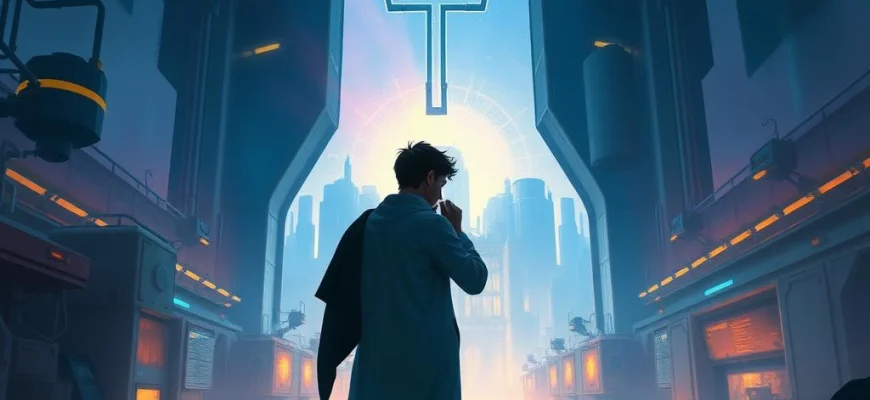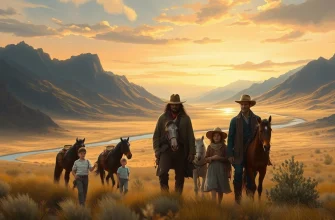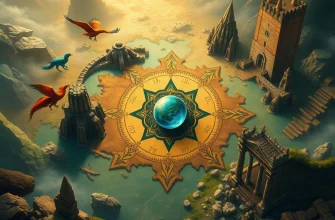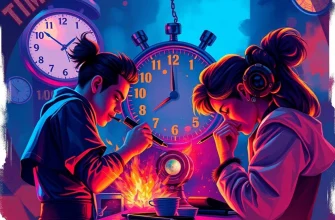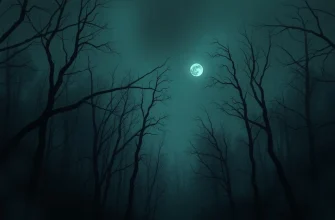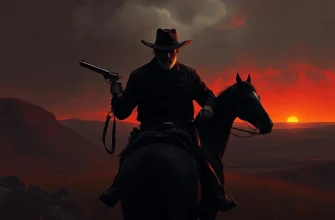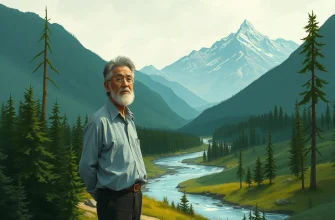If you loved the thought-provoking and visually stunning 'Creation (2009)', you're in for a treat! This article explores 10 similar movies and shows that delve into themes of science, faith, and human connection, offering the same intellectual and emotional depth. Whether you're a fan of historical dramas or philosophical narratives, these recommendations will captivate your imagination.
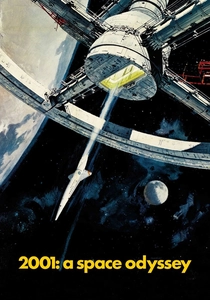
2001: A Space Odyssey (1968)
Description: A groundbreaking sci-fi epic that combines awe-inspiring visuals with deep philosophical questions about evolution, technology, and the mysteries of the universe.
Fact: The film's famous 'Star Gate' sequence was created using slit-scan photography, a technique that took months to perfect. The monolith's dimensions are a perfect 1:4:9 ratio, representing the squares of the first three prime numbers.
 Watch Now
Watch Now 
Solaris (1972)
Description: A meditative sci-fi film that explores consciousness, memory, and the limits of human understanding, set against the backdrop of a mysterious alien planet.
Fact: The film is based on a novel by Stanisław Lem, who later criticized it for being too focused on human emotions rather than the sci-fi elements. It was remade in 2002 by Steven Soderbergh.
 Watch Now
Watch Now 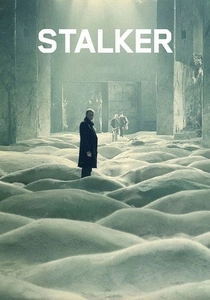
Stalker (1979)
Description: A philosophical journey into a forbidden zone, blending metaphysical questions with stark, haunting visuals to examine human desires and the unknown.
Fact: The film was shot in toxic locations, which may have contributed to the early deaths of several crew members. It was heavily censored by Soviet authorities upon release.
 Watch Now
Watch Now 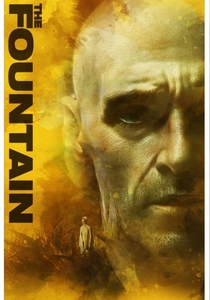
The Fountain (2006)
Description: A visually stunning and emotionally rich film that weaves together multiple timelines to explore themes of love, mortality, and the search for eternal life.
Fact: The film's production was delayed multiple times, and the original budget was significantly reduced. Much of the visual effects were achieved using microscopic photography of chemical reactions.
 Watch Now
Watch Now 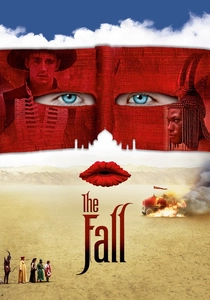
The Fall (2006)
Description: A visually breathtaking film that blends fantasy and reality, using elaborate set designs and vivid colors to tell a story about storytelling and human connection.
Fact: The film was shot in over 20 countries over a period of four years. Many of the elaborate sets were built without the use of CGI.
 Watch Now
Watch Now 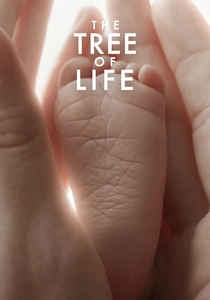
The Tree of Life (2011)
Description: This film explores profound existential themes through a visually poetic narrative, blending personal memory with cosmic imagery to reflect on life's meaning and origins.
Fact: The film won the Palme d'Or at the Cannes Film Festival. It features a sequence depicting the creation of the universe, which was developed with the help of astrophysicists.
 Watch Now
Watch Now 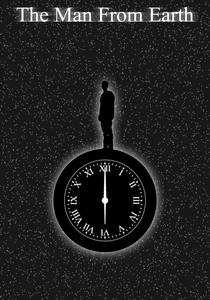
The Man from Earth (2007)
Description: A dialogue-driven film that explores profound philosophical and historical questions through the story of a man who claims to have lived for thousands of years.
Fact: The entire film was shot in just a few weeks on a very low budget. It was written by Jerome Bixby, who also wrote episodes for the original 'Star Trek' series.
 Watch Now
Watch Now 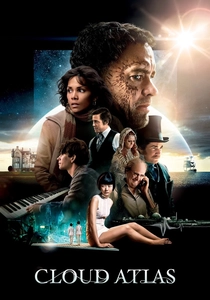
Cloud Atlas (2012)
Description: An ambitious narrative that spans multiple timelines and genres, examining interconnected lives and the ripple effects of actions across time and space.
Fact: The film features the same actors playing multiple roles across different storylines. The makeup process for some characters took over five hours to complete.
 Watch Now
Watch Now 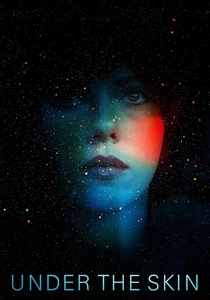
Under the Skin (2013)
Description: This film uses surreal and atmospheric visuals to delve into themes of identity, alienation, and the human condition, creating an eerie and thought-provoking experience.
Fact: Many of the scenes featuring non-actors were filmed with hidden cameras. The film's score was created using unconventional instruments, including a modified viola.
 Watch Now
Watch Now 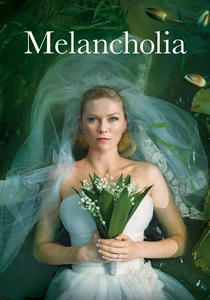
Melancholia (2011)
Description: A deeply psychological film that juxtaposes personal despair with an impending cosmic catastrophe, using stunning visuals to explore themes of existential dread and human fragility.
Fact: The movie's opening sequence was shot in slow motion with a special camera rig. Lars von Trier was inspired by his own experiences with depression while writing the script.
 Watch Now
Watch Now 
